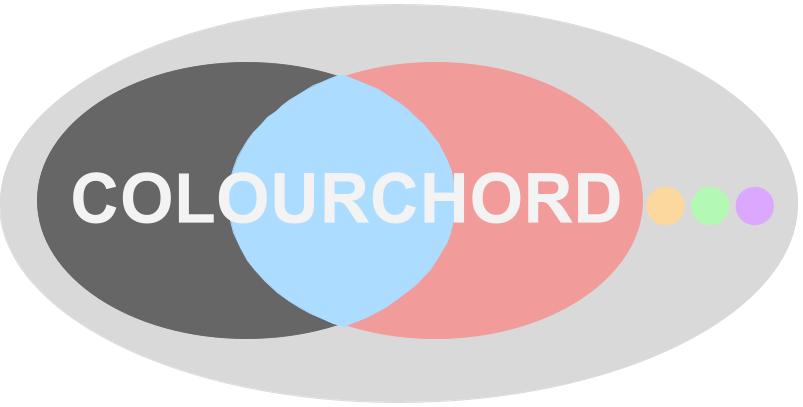Relating Colourchord to piano chords?
30/08/22 11:54
I sometimes struggle a bit trying to explain Colourchord to fellow musicians. It's often easier to explain to non-musicians because you kind of know where you are with it and you can take it a step at a time. With musicians you don't want to insult anyone's intelligence, but you also never really know whether they think numerically in terms of the scale (many phenomenal musicians don't think in those terms) or indeed whether the tonic/subdominant/dominant thing actually means anything to them on an instinctive level or is just something they learnt about college but doesn't play a part in their everyday musical life.
I quite often find I've explained it to a musician and they've nodded and said encouraging things, but then if we progress to actually trying it they will often go "Ohhh!! Now I understand!"
I'm wondering whether the following is a better approach.
"Imagine you a playing a C major chord (root inversion) on the piano - thumb on C, middle finger on E little finger on G. Now move middle and little fingers up a white key and you have an F chord (2nd inversion C F A). Go back to the C chord. Now move thumb and middle finger down a white key and you have a G chord (1st inversion B D G.)
Imagine that whenever a word is Black you would play the C chord, whenever a word is Blue you play the F chord, whenever a word is Red you play the G chord.
Now imagine your thumb is one singer, your middle finger is another singer and your little finger is another singer.
So using this set of voicings you can harmonise any major-scale melody with two singers (= "thumb" and "little finger") only ever moving between two notes (C and B; G and A respectively), and one singer ("middle finger") only moving between three notes (E, F and D)."
Is that more or less confusing I wonder??
I quite often find I've explained it to a musician and they've nodded and said encouraging things, but then if we progress to actually trying it they will often go "Ohhh!! Now I understand!"
I'm wondering whether the following is a better approach.
"Imagine you a playing a C major chord (root inversion) on the piano - thumb on C, middle finger on E little finger on G. Now move middle and little fingers up a white key and you have an F chord (2nd inversion C F A). Go back to the C chord. Now move thumb and middle finger down a white key and you have a G chord (1st inversion B D G.)
Imagine that whenever a word is Black you would play the C chord, whenever a word is Blue you play the F chord, whenever a word is Red you play the G chord.
Now imagine your thumb is one singer, your middle finger is another singer and your little finger is another singer.
So using this set of voicings you can harmonise any major-scale melody with two singers (= "thumb" and "little finger") only ever moving between two notes (C and B; G and A respectively), and one singer ("middle finger") only moving between three notes (E, F and D)."
Is that more or less confusing I wonder??
 Colourchord
Colourchord